Years ago, when I was a young punk just getting into the idea of personal mobility, an old mechanic succinctly explained to me how pneumatic tires work: “It’s the air, stupid!”Turns out that blunt lesson delivered with a little spray of his Copenhagen chew from between his teeth was absolutely correct. The tires don’t really carry the load—it’s the air.
Take the air out of the tires, and you don’t have a functional vehicle. Tires become misshapen lumps that make it tough to even push, let alone ride, your bike. That superbike of yours moves from road rocket to “disabled vehicle.” Inflate the tires to the correct psi, kPa, or bar, and you have your freedom back.So, what, exactly, is the correct tire pressure for motorcycle tires? The succinct, but less than satisfying, answer to that one is, “It depends.”The best answer is whatever the motorcycle manufacturer says it is.
However, the type of tire can lead to big differences in what that number may be. For example, those big, fat tires on the ATVs and UTVs are often low-inflation types that may be correctly inflated with only 2 to 10 psi in them. On the other end of the spectrum, some small diameter trailer tires may call for up to 60 psi. Typically, street motorcycle tires are in the 28 to 40 psi range.
Another factor is the anticipated load conditions and road conditions. The manufacturer may recommend slightly increased tire pressure for heavy loads (see the image). So, if you’ve got the saddlebags, tail bag, tank bag loaded to the max, and are planning to ride two-up, check your manual or the motorcycle for a label that provides information for that riding situation.Under-inflated tires can run hot and, if the ambient temps are high, temperatures in the hull of the tire can soar. The combination of sidewall flexure, high heat, heavy load, and high speed can lead to a blowout.
The combination of sidewall flexure, high heat, heavy load, and high speed can lead to a blowout.
There are more than 50 standard units of measure for pressure. For the purposes of measuring air pressure in your tires, we really only need to think about three: psi, bar, and kPa. Most know psi is pounds per square inch, while bar means atmospheric pressure at sea level (100 kPa), and kPa being kilopascals (1000 pascals). Type the conversion you want into your Google search box, and the answer appears. Sites such as UnitConverters have a more comprehensive range of unit choices.Which unit will be most common for the specifications on your tire’s inflation depends on where you live, where the tires were manufactured, and under which standards. In North America, psi is the most common. That said, when picking out a tire pressure gauge, it may be handy to think about getting a digital pressure gauge that offers all three scales, such as the Digital Sport Tire Gauge from Slime.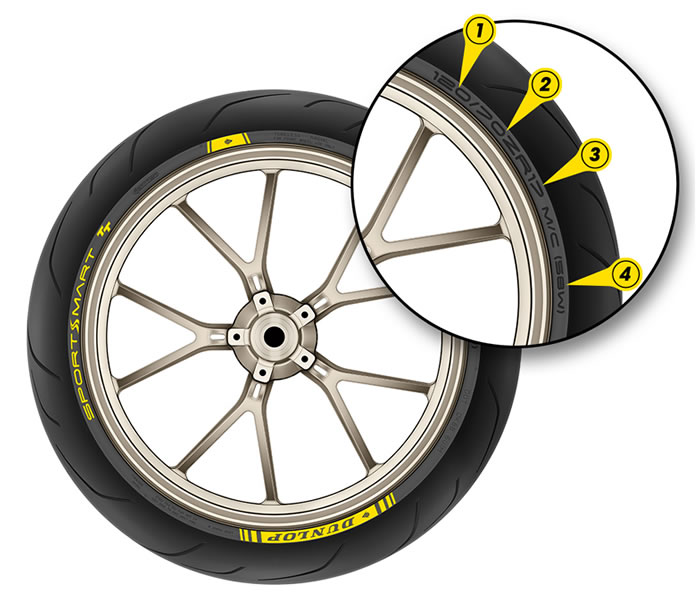 Most of the pencil-style mechanical pocket gauges provide psi and kPa, while most of the dial-indicator gauge types are either psi only or psi and kPa.
Most of the pencil-style mechanical pocket gauges provide psi and kPa, while most of the dial-indicator gauge types are either psi only or psi and kPa.
Just a word here about gauge accuracy. In my experience, which dates back to just after the third global extinction event, pressure gauges that are all plastic and cost very little tend to have the widest variations (5 to 8 psi high or low) in readings when compared to more than one metal-body unit such as those shown on the left in the image.Accuracy and precision are not the same. Accuracy is how close the reading the gauge gives you is to being the actual pressure. Stated another way, it is how far off the reading is from the true pressure, plus or minus, on any given reading. Precision is the degree to which the gauge can reliably and repeatably measure in units—that is, can it read down to fractions of psi, or a single pound per square inch, or is the smallest degree of precision that can be read off the gauge only to the nearest five pounds per square inch. How accurate are the gauges in the hose at the gas station? Well, that’s anybody’s guess. I always double-check with my own gauge.
How accurate are the gauges in the hose at the gas station? Well, that’s anybody’s guess. I always double-check with my own gauge.
Also, how low can the instrument reliably measure pressure? Some simple pencil-style pocket-size gauges have a scale that starts at 10 psi. This matters if you have a bike that air-adjustable suspension elements that must not be inflated to a pressure greater than 6 psi, as is the case in the compression damping adjustment in the forks of my 1984 Honda VF1100S. Over-pressurizing the forks can cause damage that is a pain to fix. So, if you have suspension or tires that require such precision, you will want to consider spending the extra money on a high-precision gauge.
Precision and range also matter. An air-adjustable fork, such as on the Honda VF1100S, must not get more than 6 psi.You may have a motorcycle with tire pressure monitoring systems (TPMS), either factory-installed such as a Honda Gold Wing Tour or retrofitted (Blu Technology Products and others), those are great. But, they are not infallible.Carrying a pressure gauge along with you is still a good idea because, if your bike is starting to handle like you’re riding in a banana cream pie, but the TPMS still says all is well—you might want to stop and get a second opinion.
But, they are not infallible.Carrying a pressure gauge along with you is still a good idea because, if your bike is starting to handle like you’re riding in a banana cream pie, but the TPMS still says all is well—you might want to stop and get a second opinion.
Another consideration is where the valve stem is on your bike and what contortions you and your gauge may have to go through to get at it. Somebody was thinking when they designed the rims for my Harley-Davidson Sportsters with a valve stem that is angled out to make getting a gauge and air hose fitting on it a little easier. On other motorcycles, such as the Road King, for example, the rear rim may have the valve stem vertical and with the brake disc, exhaust pipe, saddlebag, and low clearance of the rear end, that makes it a pain to even see, let alone get a gauge and filler nozzle on the valve stem.
If you have your own compressor, having an extension with an angled head can help with getting at some valve stems, but in some, it’s just plain going to be a pain. No matter, though. The pain of that kind of inconvenience is very minor compared to that which results from an under-inflation blow out miles from home or poor traction caused by over-inflation. For more info on motorcycle tires on UltimateMotorcycling.com, see: Sorting Motorcycle Street TiresMotorcycle Tire Safety Standards ExplainedTop 10 Things to Know About Motorcycle TiresMIC Releases Booklet and Video on Motorcycle Tires
How much psi pressure is needed in motorcycle tyres? It’s important to remember that different bikes require different pressures. The correct psi for road tires will vary from those required for off-road endurance biking. Make sure to refer to the manufacturer’s user manual when choosing the right psi for your motorcycle. Sand-covered terrain will require a lower psi pressure than firm dirt tracks. In these cases, your motorcycle tyres will need a lower psi pressure than those for road biking.
The correct psi for road tires will vary from those required for off-road endurance biking. Make sure to refer to the manufacturer’s user manual when choosing the right psi for your motorcycle. Sand-covered terrain will require a lower psi pressure than firm dirt tracks. In these cases, your motorcycle tyres will need a lower psi pressure than those for road biking.
Tires are a vital part of a motorcycle’s stability. Motorcycle tires can last up to 60 miles before needing replacement. In addition to this, higher tire pressure can decrease the amount of tire life. Many motorbike manufacturers call out two to three psi reductions in tire pressure when they see a problem with a motorcycle’s stability. The reason is simple: higher pressure decreases the damping effect that is essential to motorcycle stability.
Motorcycle tires are critical components of the bike’s handling, and lower tire pressure makes them more responsive to steering and braking.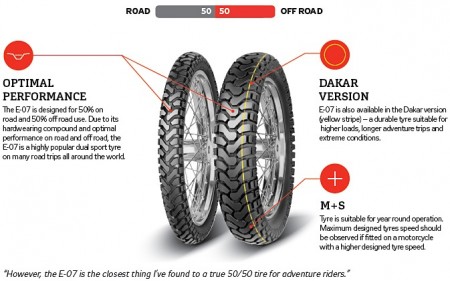 A low tire pressure can compromise the bike’s stability when faced with extreme riding conditions. For example, when riding in soft sand, it is important to reduce tire pressure to get out of tight spots. To get around this problem, Birch always keeps a motorcycle tire pump in the glove compartment.
A low tire pressure can compromise the bike’s stability when faced with extreme riding conditions. For example, when riding in soft sand, it is important to reduce tire pressure to get out of tight spots. To get around this problem, Birch always keeps a motorcycle tire pump in the glove compartment.
In addition to affecting motorcycle safety and comfort, the tire pressure can impact the bike’s handling qualities. While the sidewall of a tire indicates the recommended tire pressure, the “Max PSI” numbers stamped on a motorcycle tire are the load index for that particular tire. The load index for a motorcycle tire varies based on the weight of the rider and the passenger. Consequently, lower tire pressure improves motorcycle handling.
It is imperative to remember that lower tire pressure is not the same as lower tire pressure. A lower tire pressure will not achieve the desired temperature required for good performance. Using a high-quality gauge will help you identify the correct PSI for your motorcycle. It’s not as expensive as you might think, and will do the job just as well. And remember: low PSI pressure doesn’t necessarily mean lower handling or braking.
It’s not as expensive as you might think, and will do the job just as well. And remember: low PSI pressure doesn’t necessarily mean lower handling or braking.
Using lower psi pressure in motorcycle t yres can have negative effects on fuel economy. Depending on the conditions, an under-inflated tire can reduce fuel economy by up to 10%. Underinflated motorcycle tyres can also be dangerous, causing a significant drop in safety and fuel economy. Therefore, it’s important to check motorcycle tyre pressure regularly.
When cold, motorcycle fuel condenses and causes a larger footprint, reducing fuel economy. Motorcycle tyres must be inflated to the appropriate PSI to maximize safety. Lower pressures can also increase drag, which is bad for fuel economy. Similarly, overinflated tyres can cause a rough ride and quick tyre wear.
Motorcycle tyres are designed to be very stiff and durable, so their psi pressure should be high enough to keep them from tearing. The recommended inflation pressure for motorcycle tyres is 60 psi, but the manufacturer recommends a lower psi if it is causing an unstable bike. The resulting explosion injured a rider and damaged his wrist.
The recommended inflation pressure for motorcycle tyres is 60 psi, but the manufacturer recommends a lower psi if it is causing an unstable bike. The resulting explosion injured a rider and damaged his wrist.
The correct motorcycle tire pressure should be based on the sidewall pressure of the tyres and the owner’s manual. Generally, motorcycle tires have a load index of between 70 and 80. The motorcycle load index is specific to the motorcycle model, so you should check tire pressure to avoid any damage. The lower the load index, the worse the gas mileage will be.
Under-inflated tyres are dangerous. Even a 20% difference in pressure can cause a tyre to rupture or lose its shape. In addition, motorcycle tyres with a lower pressure will have an increased chance of aquaplaning. The braking distance on a motorcycle will be significantly longer than if it is properly inflated. Further, the vehicle’s rolling resistance will increase.
Moreover, riding a bike with lower-psi pressure will reduce its fuel economy and tire life.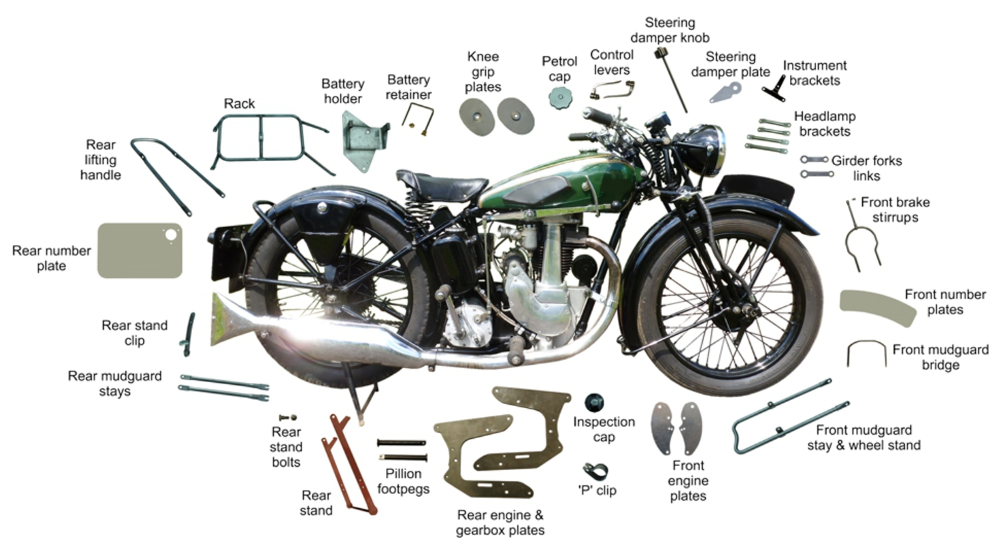 The air in the tyre will also generate heat and traction. The proper inflation pressure will help you achieve the optimal temperature. Lower-psi pressure increases the footprint and the heat generated by the tyre. As a result, the tyre will wear out before it can function to its full capacity.
The air in the tyre will also generate heat and traction. The proper inflation pressure will help you achieve the optimal temperature. Lower-psi pressure increases the footprint and the heat generated by the tyre. As a result, the tyre will wear out before it can function to its full capacity.
Optimum psi pressure is vital for motorcycle tyres as it helps to improve the performance and comfort of the bike while reducing the wear on the tires. There are several ways to monitor the tire pressure, including a pressure gauge. Motorcycle tyres are designed for normal road use and should be maintained at the manufacturer’s recommended pressure. However, lowering the pressure may result in increased safety and reduced performance.
Check the tyre pressure at least once every week or before each ride. Leaving it for six months without checking the pressure may cause a loss of six PSI in the tyres. This amount equates to a 30 percent decrease in the total pressure of the motorcycle. You don’t want to ride in under-inflated tyres either, as they are uncomfortable and may eventually cause the tyres to break.
You don’t want to ride in under-inflated tyres either, as they are uncomfortable and may eventually cause the tyres to break.
Ensure a minimum of 60 psi when mounting your motorcycle tyres. Higher pressure will reduce the damping effect of the tire footprints, reducing the wear and tear on your motorcycle tyres. Motorbike manufacturers call out a two or three-psi reduction when they notice this problem. Depending on the type of riding you do, you may have a shorter life span than the manufacturer recommends.
Optimum psi pressure for motorcycle tyres is important for safety. Street motorcycles typically have a 28 to 40 psi pressure range. ATVs and UTVs typically have big fat tires with low-inflation levels. On the other hand, trailer tires are typically up to 60 psi, while street motorcycle tyres are designed to operate at a normal road pressure of 28 to 40 psi.
Optimum psi pressure is determined by the manufacturer. The manufacturer will issue a recommendation for optimal pressure depending on the motorcycle’s speed and load. Motorcycle manufacturers tend to simplify these recommendations. Some tyre manufacturers will offer different pressures based on the motorcycle’s maximum speed and ambient temperature. If you have a motorcycle, always check the tyre pressure with a professional.
Motorcycle manufacturers tend to simplify these recommendations. Some tyre manufacturers will offer different pressures based on the motorcycle’s maximum speed and ambient temperature. If you have a motorcycle, always check the tyre pressure with a professional.
You can always check the tire pressure before you ride a motorcycle by following a few simple steps. Motorcycle tires are always labeled with the recommended air pressure on the sidewall. You can also find the pressure of a motorcycle tire by unscrewing the valve stem cap. If the stem is sturdily attached to the valve, you should be able to see the recommended pressure. You can also check the tire pressure at a local tire shop by comparing the readings of different gauges.
When checking the tire pressure, you need to be sure to read the appropriate units and pressure range on your motorcycle’s sidewall. Most professional gauges have two-way readouts, but a pen type with a plastic sliding post is inexpensive and should give a reasonable reading.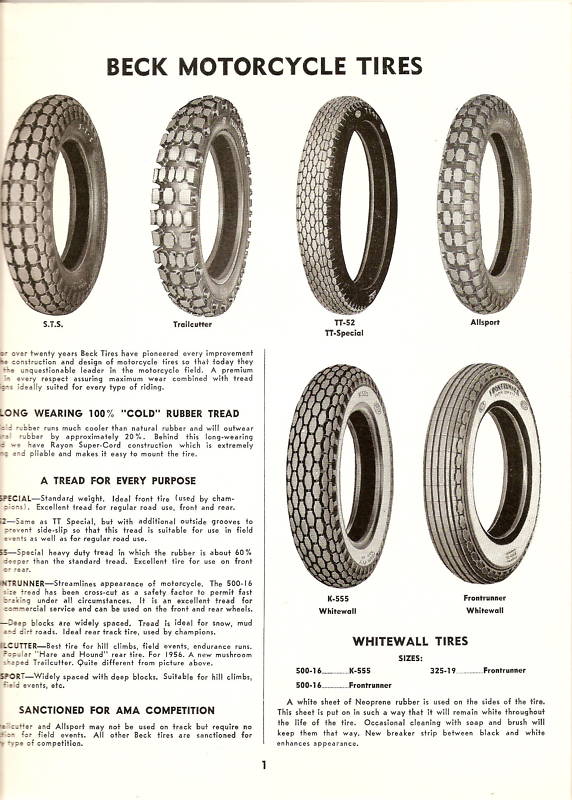 You can also consult your motorcycle’s owner’s manual for more details. Make sure you follow the recommended tire pressure as well, as different tire brands have different specifications.
You can also consult your motorcycle’s owner’s manual for more details. Make sure you follow the recommended tire pressure as well, as different tire brands have different specifications.
You should check the tire pressure on your motorcycle at least once a week, or at least every couple of days, or if you ride daily. The reason is simple: changing the air temperature in different places can cause tire pressure to change. When your motorcycle tires get too hot, they lose six PSI, which is 30% of the total pressure. The result is uneven handling and uncomfortable ride characteristics. A low tire pressure is even worse, because it can lead to rapid wear on the tires.
Tire pressure on your motorcycle should be checked before you ride. Unlike car tires, motorcycle tires require more pressure than your car’s. While the manufacturer recommends checking your tire pressure once or twice a week, motorcycle safety experts recommend checking the pressure on your motorcycle at least every time you ride.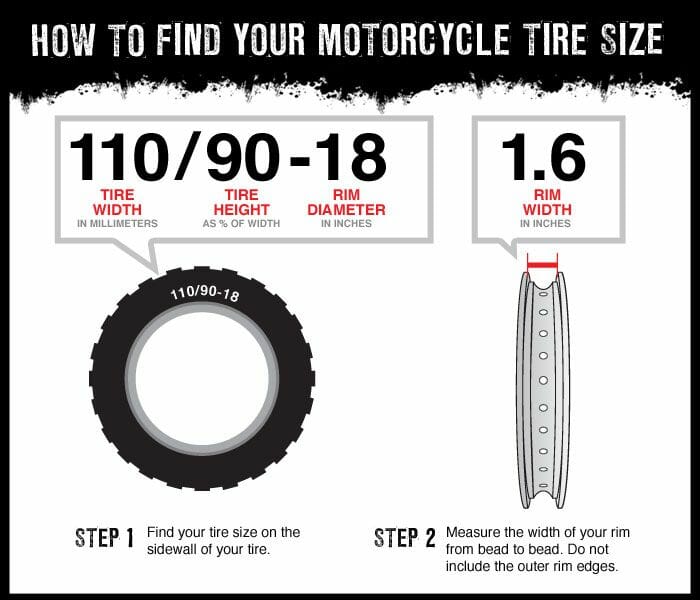 You should also check your oil on a regular basis. Always keep a clean motorcycle as it is one of the biggest factors in safety.
You should also check your oil on a regular basis. Always keep a clean motorcycle as it is one of the biggest factors in safety.
Besides checking tire pressure before riding a motorcycle, you should also perform a visual inspection of your tires regularly. Make sure to check the tread depth and any signs of uneven wear or discolouration or bluing. If you notice any problems with your tires, don’t drive it. A quick check on your bike may be enough to get you back home safely. However, it’s always better to be safe than sorry.
Introduction
What is the pressure in motorcycle tires?
How to properly set tire pressure?
What is the result of under/over pressure in motorcycle tires?
Conclusion
The safety and reliability of riding a motorcycle depends not only on which tires are used, but also on what level of pressure is maintained inside. It is very dangerous to treat this carelessly. And why and how to correctly calculate the pressure in motorcycle tires - read our article and find out.
It is very dangerous to treat this carelessly. And why and how to correctly calculate the pressure in motorcycle tires - read our article and find out.
Air, like any substance, expands when heated and contracts when cooled. This is also true for motorcycle tires - when hot, one level of pressure is maintained inside the tires, and when it is cold, it is completely different. Tire pressure is important, as it is responsible for the most important characteristics for any bike - both scooter and sport enduro:
Handling and maneuverability on dry and wet surfaces;
The size of the contact patch is directly responsible for traction;
Suspension workload;
Fuel consumption;
Wear resistance.
In short, only correctly inflated tires can do their job well - to keep contact with the track and not lose it throughout the entire trip. Any deviation from the norm (lack or excess of pressure) is fraught with unpleasant consequences.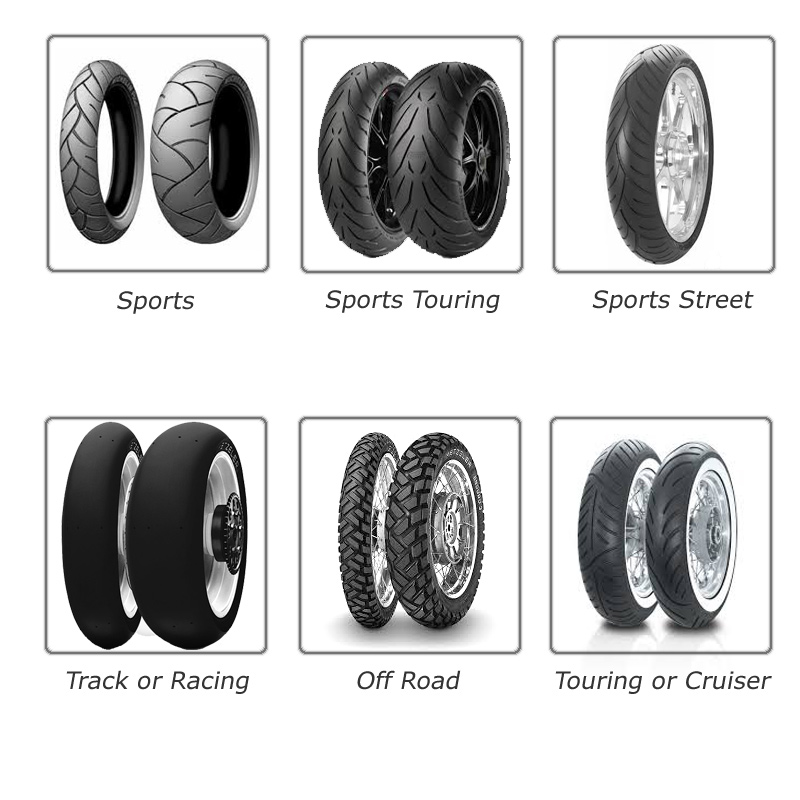
Front and rear tires must have different pressures and this is important to understand before handling the pump. The owner's manual of any bike always indicates the optimal pressure for cold tires, so if you measure the indicators immediately after the ride, do not be surprised that the pressure gauge will show different values - the air inside has warmed up and expanded.
The manufacturer indicates all parameters of cold rubber inflation on the table on the motorcycle frame or in the user manual. They vary depending on the type of motorcycle, but, as a rule, the data varies between 2.0-2.5 atm for the front wheel and 2.2-2.9Atm for rear. If you plan to put another person on the bike, we recommend inflating the tires by 0.2 atm.
| Wheel size | Pressure, front/rear, kgf/cm2 (atm) | |
|---|---|---|
| Normal load | Full load | |
| 100/60-10 | 2. | 2.3/2.4 |
| 130/60-13 | 1.8/2.0 | 2.0/2.2 |
| 130/70-12 | 2.2/2.3 | 2.3/2.4 |
| 120/70-12 | 2.25/2.3 | 2.3/2.4 |
| 110/70-12 | 2.2/2.3 | 2.3/2.4 |
| 120/80-12 | 1.8/2.0 | 2.0/2.2 |
| 130/70-10 | 1.8/2.0 | 2.0/2.2 |
| 100/90-10 | 1.9/2.1 | 2.0/2.2 |
| 120/90-10 | 1.8/2.0 | 2.0/2.2 |
| 130/90-10 | 1.9/2.1 | 2.0/2.2 |
| 3.0×10 | 1.75/2.0 | 2.0/2. |
| 3.50×10 4PR | 2.5/2.5 | 2.6/2.6 |
Hot pressure depends on many factors up to the riding style of the rider, so they will have to be selected individually for each specific case:
To begin with, inflate the tires to 2-2.3 atm, given that for the rear tire the pressure should always be 0.3 atm more than for the front.
Ride at your normal pace for 10-15 minutes. The pressure in the rear and front tires should increase by an average of 0.2 atm.
Then use the pressure gauge again: if it shows a value within the normal range of cold pressure, then you have achieved your goal. If it is higher, then lower the wheels, if lower, pump up. Measure tire pressure and adjust the amount of air inside until you get the result.
If you notice a slight discomfort immediately after the start, this is normal.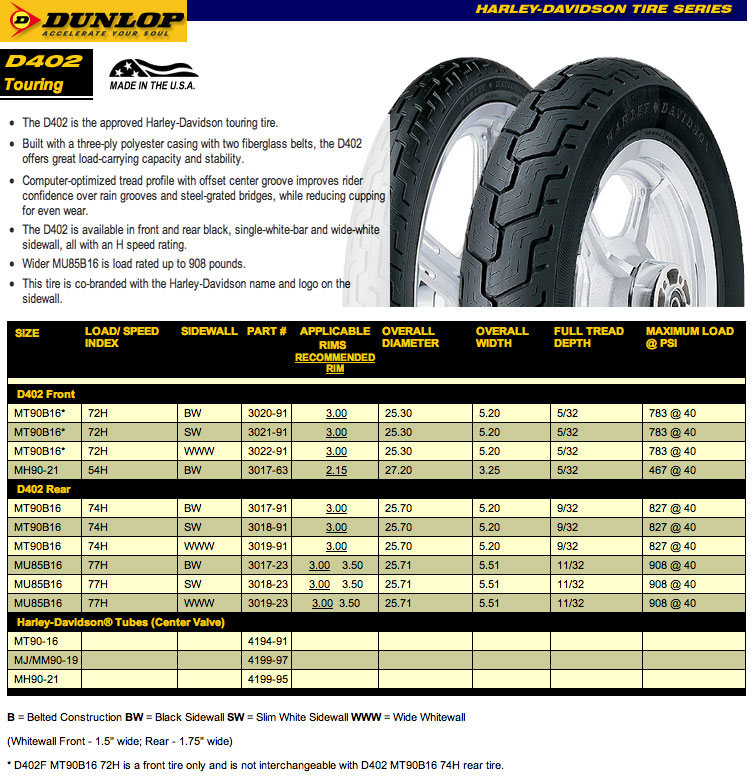 The rubber needs to warm up a little and after five minutes everything will return to normal.
The rubber needs to warm up a little and after five minutes everything will return to normal.
If you overinflate your tyres, get ready for the contact patch to decrease, and with it the traction to deteriorate, the ride will become much stiffer, there will be a possibility of vibration, and the load on the suspension will also increase significantly. Riding in over-inflated tires on a wet road is quite dangerous, because due to the small contact area, the motorcycle will begin to skid in corners and brake poorly. The most unpleasant consequence will be a deterioration in strength and wear resistance. Motoshina can even explode when driving on hot asphalt - one pebble can cross out everything.
Increased tire pressure is used only in two cases: if there is another passenger on the motorcycle or during long high-speed races.
Under-inflated tires have their own list of problems: their contact patch may be larger, but due to its irregular shape, it wears out and deforms extremely quickly.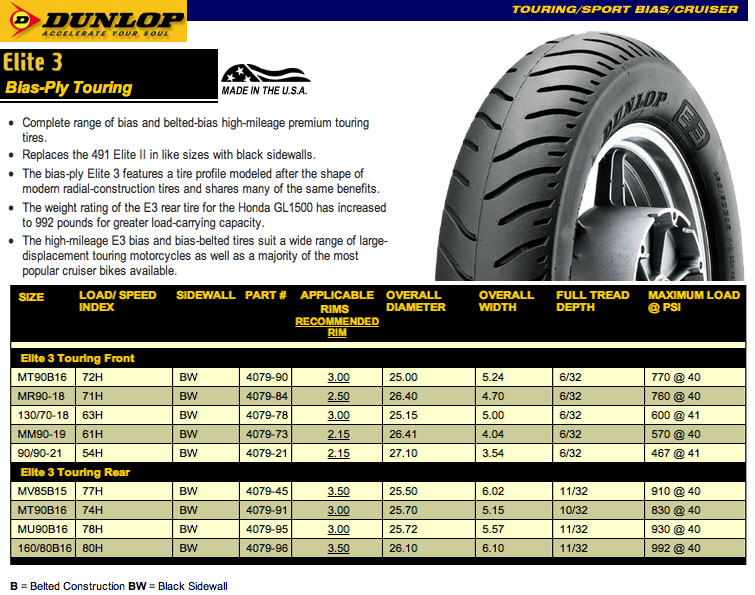 Of the useful qualities of rubber, handling, maneuverability, directional stability and fuel consumption are seriously affected. In the end, if you do not correct the pressure in the motorcycle tires, everything will end with a cord detachment. If your motorcycle has wheels with chambered tires, then insufficient inflation of the chambers will sooner or later lead to accidental disassembly.
Of the useful qualities of rubber, handling, maneuverability, directional stability and fuel consumption are seriously affected. In the end, if you do not correct the pressure in the motorcycle tires, everything will end with a cord detachment. If your motorcycle has wheels with chambered tires, then insufficient inflation of the chambers will sooner or later lead to accidental disassembly.
Riding on underinflated tires is practiced only on special enduro sports bikes for off-road stunts.
However, in order to calmly control a motorcycle, it is not enough just to set the correct tire pressure and calm down on this - we also recommend that you refer to the speed index table.
| Speed index | Maximum speed, km/h |
|---|---|
| A | 40 |
| B | 50 |
| C | 60 |
| 65 | |
| E | 70 |
| F | 80 |
| G | 90 |
| J | 100 |
| K | 110 |
| L | 120 |
| M | 130 |
| N | 140 |
| P | 150 |
| Q | 160 |
| R | 170 |
| S | 180 |
| T | 190 |
| U | 200 |
| H | 210 |
| V | 240 |
| W | 270 |
| Y | 300 |
| VR | >210 |
| ZR | >240 |
| (W) | >270 |
| Z | >300 |
It is forbidden to put tires with a low speed index on high-speed motorcycles - they may not cope with the capabilities of the motorcycle, which will not lead to anything good.
It is very important to check the pressure in the motorcycle tires in time to always be aware of its technical condition and not provoke a breakdown. Owners of sports and cross-country bikes, who constantly experience heavy loads, have to control it especially closely. It is the accuracy of the measuring device - the pressure gauge - that is extremely important. Often the point is not at all in the setting, but in a bad device that simply gives false readings. If the error reaches 0.5 Atmospheres, then you better choose another device for yourself. In the BlackTyres online store, you can easily find a reliable pressure gauge, and with it the right pressure in motorcycle tires, which will help them to reveal their best sides and characteristics.
Generally, for large motorcycles, we can apply about 2.4 or 2.5kg/cm2 in the front and 2.8 or 2.9kg/cm2 in the rear.
For road traffic, the average tire pressure for a 125 motorcycle ranges from 2.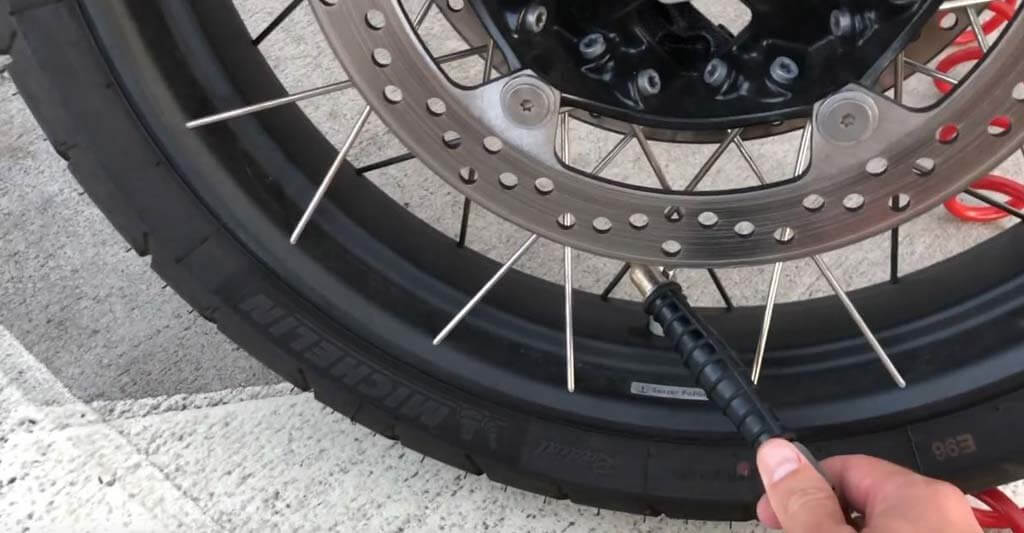 3 bar (front) to 2.5 bar (rear). With luggage or a passenger, the pressure in the rear tire must be increased by 0.2 bar.
3 bar (front) to 2.5 bar (rear). With luggage or a passenger, the pressure in the rear tire must be increased by 0.2 bar.
Recommended air pressure may vary slightly depending on tire manufacturer.
“Recommended cold tire pressures can be found in the vehicle owner's manual and on the tire label. It's typically 30 psi for small cars, 36 psi for midsize cars, and 42 psi for large cars."
On rim size P 185/60 R 14, the MAXIMUM pressure is marked on the side wall. 350 kPa (51 PSI), where 350 kPa refers to a unit called kilopascals. PSI in English (pounds per square inch) pounds per square inch. Shows 51 pounds of pressure.
The PSI value in pressure refers to pounds per square inch (pounds per square inch, as it is abbreviated in English). It is one of the most commonly used units of pressure, although not the only one: other units are used, such as the bar, which is equivalent to 14.5 pounds.
On the other hand, if the tires allow more air to pass than the manufacturer recommends, the sidewalls will not be supported, the wheel will wear unevenly (resulting in reduced tire life), and the tire will have less grip, requiring more stopping space.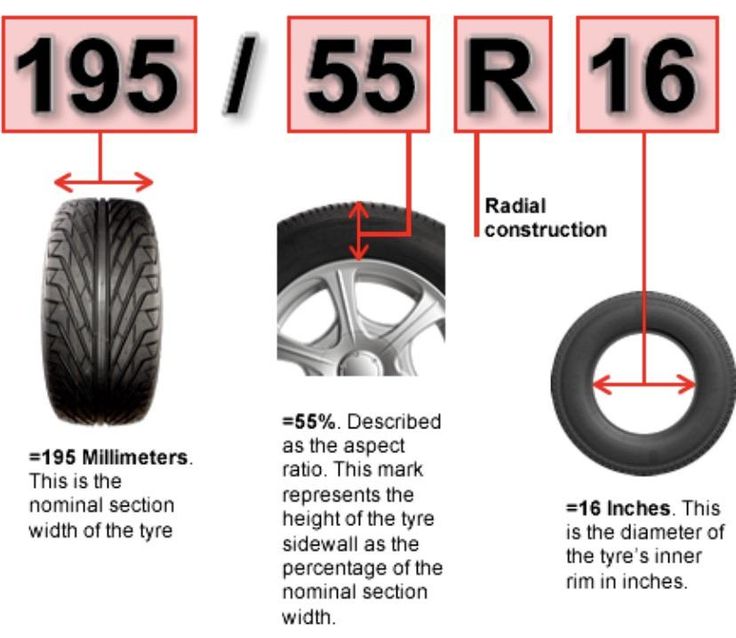 and also …
and also …
And adds that the correct pressure is: Front tire: 28 psi (psi) Rear tire: 30 psi (psi) inch (PSI). It is recommended to check the pressure at least once a month. But always remember to do this when the tire is cold or if you haven't driven more than a kilometer.
Atmospheric pressure is usually measured in pounds per square inch (psi), kilopascals (kPa), or pressure bars (bars).
The PSI value corresponds to its name in English Pound-force per Square Inch, which in Spanish translates as pounds per square inch. It is the most widely used unit of tire pressure, especially in English-speaking territories.
In any case, the equivalence is 1 bar = 14.5038 psi and 1 psi = 0.0689476 bar.
- Maximum load is expressed in pounds. (lbs) and in kg (kilograms), as well as the maximum internal pressure in pounds per square inch (psi).
Low profile tires also provide better “car contact”, the driver has better control of the car and can better predict its behavior.